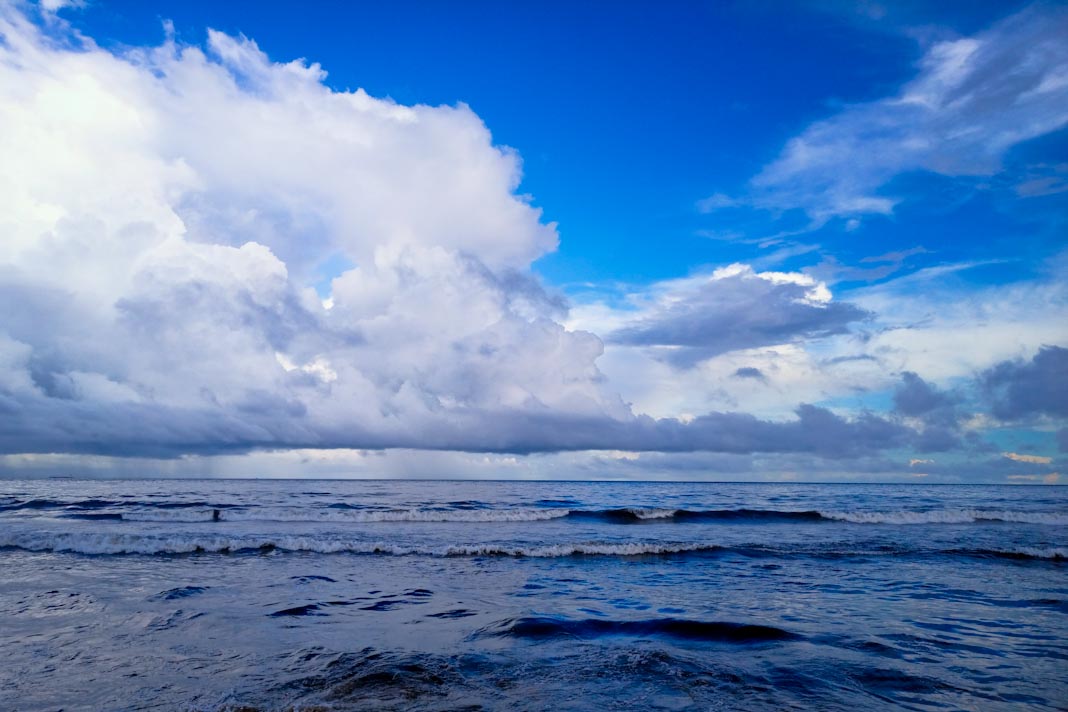
- Global chokepoints under pressure as shipping routes face geopolitical, climate, and capacity threats.
- Strait of Hormuz, Suez, and Panama Canals highlight vulnerabilities.
- Nations seek Arctic routes and new corridors as shipping shifts reshape global trade.
For over a century, the maritime industry has prioritized direct shipping routes through strategic straits and canals. But mounting geopolitical tensions, aging infrastructure, and climate disruptions are now challenging the world’s most critical maritime corridors.
Strait of Hormuz: A Key Energy Lifeline at Risk
Roughly 20% of the world’s oil flows through the Strait of Hormuz, a narrow passage linking the Arabian Gulf to the Arabian Sea. Its strategic importance makes it both an economic asset and a geopolitical flashpoint.
Following Israeli and U.S. airstrikes on Iranian nuclear facilities, Iran’s Supreme Leader recently warned of possibly closing the strait—a move analysts warn could spike global oil prices and trigger worldwide inflation.
However, such action would also hurt Iran and China, the latter being the main buyer of Iranian oil, and likely provoke retaliation from Gulf nations reliant on the strait for oil exports.
Suez Canal: A Critical Yet Fragile Artery
The Suez Canal, a 120-mile route linking the Red Sea to the Mediterranean, carries up to 15% of global trade and nearly one-third of the world’s container traffic—worth an estimated $1 trillion annually.
Recent attacks in the Red Sea by Houthi militants have already disrupted operations, forcing vessels to reroute around southern Africa, adding significant time and cost.
The 2021 Ever Given incident highlighted the canal’s vulnerabilities, as a single blockage halted nearly $10 billion in trade daily and underscored risks from ultra-large container ships in tight waterways.
Panama Canal: Drought and Design Limitations
Constructed over a century ago, the Panama Canal remains essential to U.S. commerce, handling 40% of American container traffic. But the waterway is increasingly ill-suited for modern mega-ships due to width and depth limitations.
More concerning is the impact of climate change. El Niño-induced droughts have reduced water levels, curbing the number of daily vessel transits and casting doubt on the canal’s long-term utility.
Emerging Alternatives: Land Bridges and Arctic Routes
As traditional routes face growing strain, new corridors are gaining attention.
- The proposed Nicaragua Canal, three times longer than Panama’s, has attracted renewed interest from both the U.S. and China.
- Mexico’s Tehuantepec Interoceanic Corridor aims to link the Pacific and Atlantic via rail, roads, and industrial hubs.
- Meanwhile, melting Arctic ice is opening seasonal routes in the north. Russia and China are investing heavily in the Northern Sea Route, with China branding itself a “near-Arctic state” and expanding its presence through icebreakers, partnerships, and infrastructure investment.
Strategic Realignment in Global Shipping
These developments reflect broader efforts by nations like China to reduce reliance on Western-controlled chokepoints and assert influence over global trade flows. As climate change accelerates and geopolitical tensions persist, the shipping world must adapt to a rapidly evolving map—one shaped as much by politics and policy as by geography.
Did you subscribe to our Daily newsletter?
It’s Free! Click here to Subscribe!
Source: This Week
















